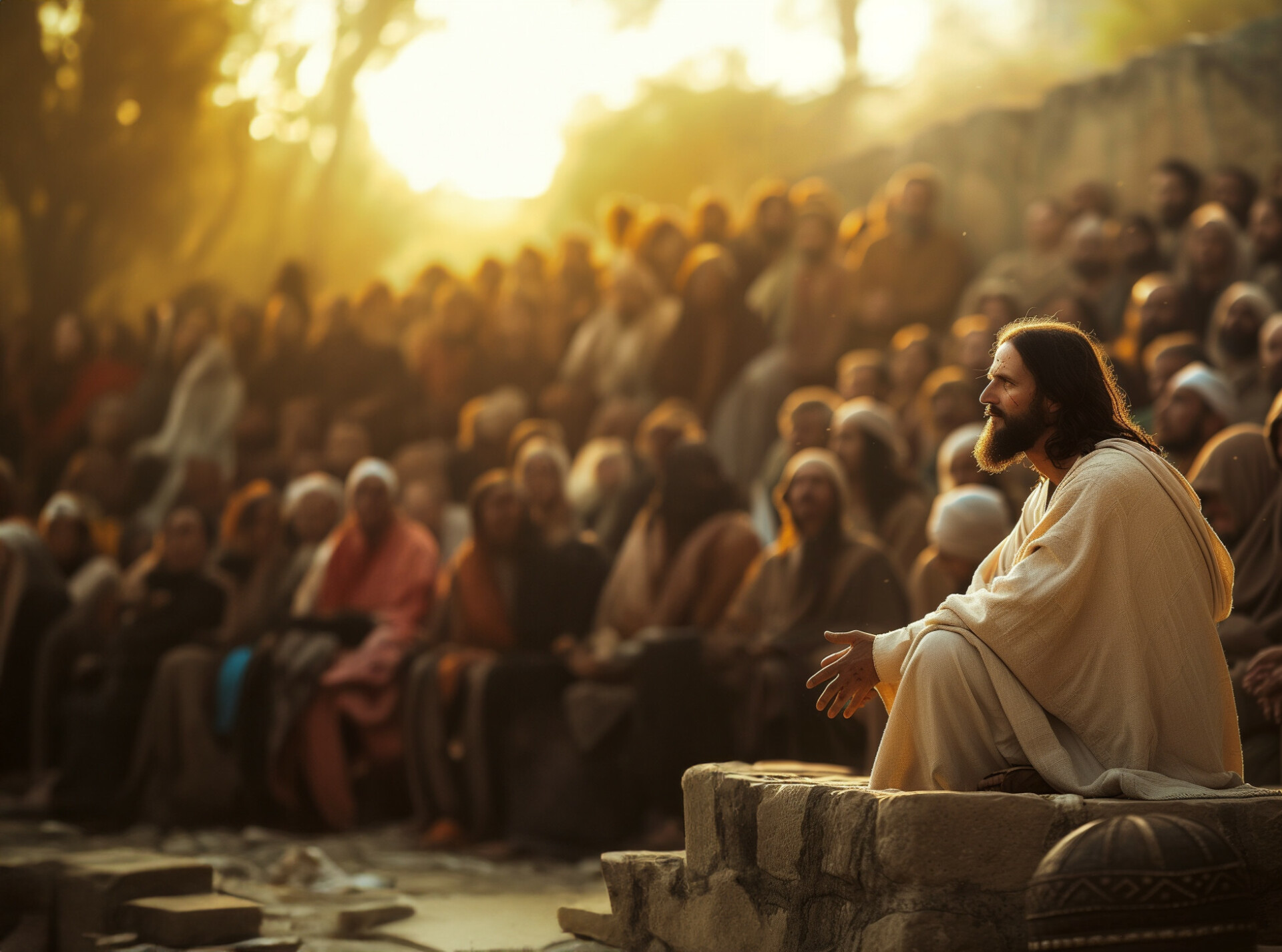What Kind of King is Jesus – 3 Part Series
Part 1 | Part 2
8 And many spread their cloaks on the road, and others spread leafy branches that they had cut from the fields. Mark 11:8
Like A King
Jesus’ journey into Jerusalem wasn’t only a fulfillment of prophecy, but a glimpse into his kingdom. You see, everything Jesus did that day of his arrival spoke of his royalty. Why?
First, he rode in on an unbroken beast, a donkey on which no one had ever sat (Mark 11:2). In the Old Testament era, important people and events required unbroken, unyoked animals. And that Jesus was able to tame the untamed revealed his royal nature.
Second, the disciples placed their cloaks on the donkey so Jesus could have a saddle, and the people placed their garments on the road so Jesus could have a smoothed road. These things were done for kings, and they demonstrate the excitement of the population (2 Kings 9:12-13).
Third, the crowds cut down leafy branches on the road (8). John tells us they spread palm leaves out before Jesus (John 12:13).
All this pointed to the coming of King Jesus.
Unlike A King
But he also came unlike a king. Think of the original readers of Mark’s gospel, citizens of Rome. When their kings and generals returned from war they often rode in chariots and warhorses. The victory parade was a glorious affair. Soldiers and weapons were on full display. Swords were held high. And the spoils of victory were everywhere. Artists would depict paintings and models of the conquered cities. Incense burned and rose petals were tossed. Even exotic animals were part of the procession.
In the years in between the Old and New Testament, Israel was suppressed by foreign powers. Sometimes, they would resist. One resistance movement was led by a man named Simon Maccabaeus, and he won some extraordinary victories for Israel. When he returned in victory, his entrance to the city was very similar to Jesus’ on this day (1 Maccabees 13:49-53). So the people were likely hoping Jesus would drive out the Roman suppressors just like the Maccabeans had driven out the foreign powers of their day.
When Mohammad came to Mecca, he came with warhorses and thousands of warriors and swords. His coming was one of war. Those who resisted his coming were killed or enslaved. And his new religious and political reign began.
But Jesus didn’t come with a sword or warriors. He didn’t come as a conquering general. He came with twelve disciples. And the crowds laid down leafy branches. He didn’t ride a warhorse, but a young donkey.
This is all in contrast with his eventual second coming. When he comes again to this very same Mount of Olives, he will ride a warhorse, and he will come with a sword (Revelation 19:11-16). His return will be visible, just like his departure (Acts 1:11). But his first coming was one of meekness. One day he will return in power. But his first coming was not at all what the people were expecting.
When the apostle John received his vision of heaven, the angel spoke of the Lion of the Tribe of Judah—that’s Jesus. But when John looked, he saw a Lamb standing as though it had been slain (Revelation 5:6)—that’s Jesus. Gentle. Meek. Humble. This is the nature of the first coming of Christ.
And Jesus told us to follow his lead. Consider the first three beatitudes:
Matthew 5:3–5 (ESV) — 3 “Blessed are the poor in spirit, for theirs is the kingdom of heaven. 4 “Blessed are those who mourn, for they shall be comforted. 5 “Blessed are the meek, for they shall inherit the earth.
Let us be a people who live out his kingdom principles.




